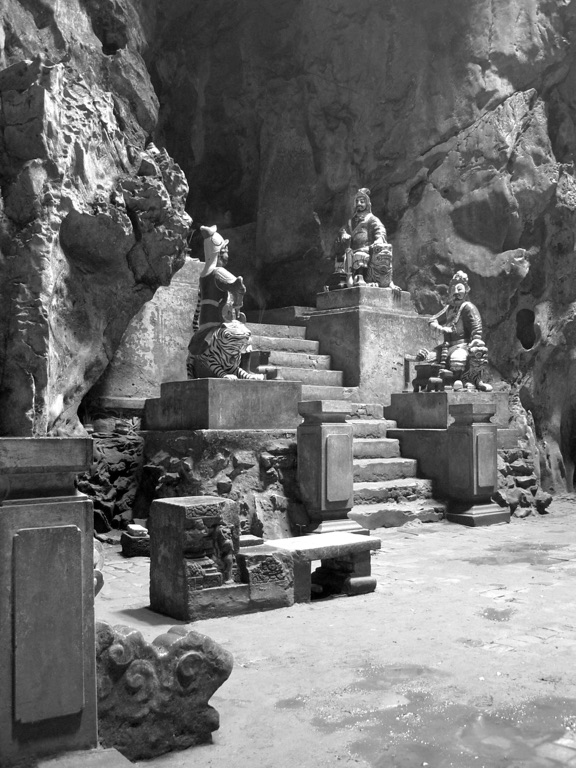Nestled within the Marble Mountains of Vietnam, Huyen Khong Cave stands as a serene sanctuary. Revered for its spiritual significance, the cave has been a place of worship for centuries. Its name, translating to “Cave of the Scented Clouds,” hints at the ethereal atmosphere that greets visitors. The cave’s natural beauty and historical importance make it a popular destination for both pilgrims and tourists.
Get your dose of History via Email
Historical Background of Huyen Khong Cave
Huyen Khong Cave’s history is as mystical as its name. Discovered centuries ago, it has been a spiritual site for both Buddhists and Taoists. The exact date of its discovery remains unknown, but it has been a place of worship since at least the 17th century. Local legends tell of saints and sages who sought solitude in its chambers.
The Tran Dynasty, ruling from the 13th to the 17th century, is credited with building many of the religious structures within the cave. Over time, it has seen various inhabitants, including monks and soldiers. During the Vietnam War, the cave served as a sanctuary and a hospital, sheltering locals from conflict.
The cave’s builders took advantage of its natural structure to create a place of worship. They carved altars and statues directly into the limestone, blending human craftsmanship with the cave’s organic beauty. The cave has also been the scene of significant historical events, including battles and strategic meetings.
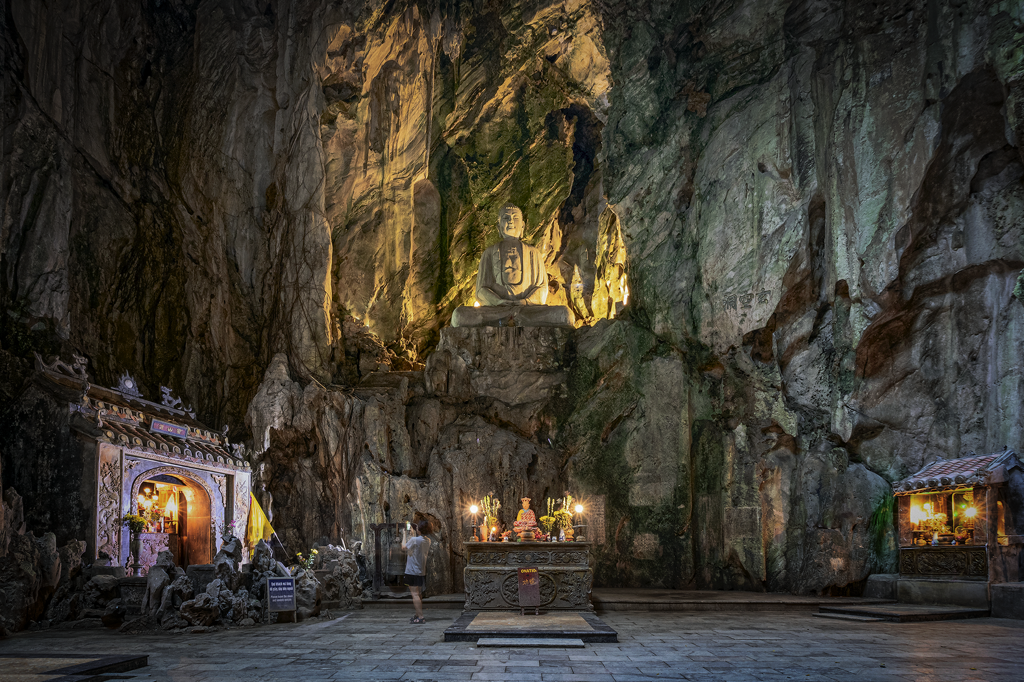
Despite its use in warfare, Huyen Khong Cave has primarily been a place of peace. Monks have long inhabited its depths, seeking enlightenment and offering guidance to visitors. The cave’s serene environment continues to attract those looking for spiritual solace.
Today, Huyen Khong Cave is part of the larger Marble Mountains complex, a UNESCO World Heritage site. It remains a testament to Vietnam’s rich cultural tapestry, embodying the nation’s history, spirituality, and artistic heritage.
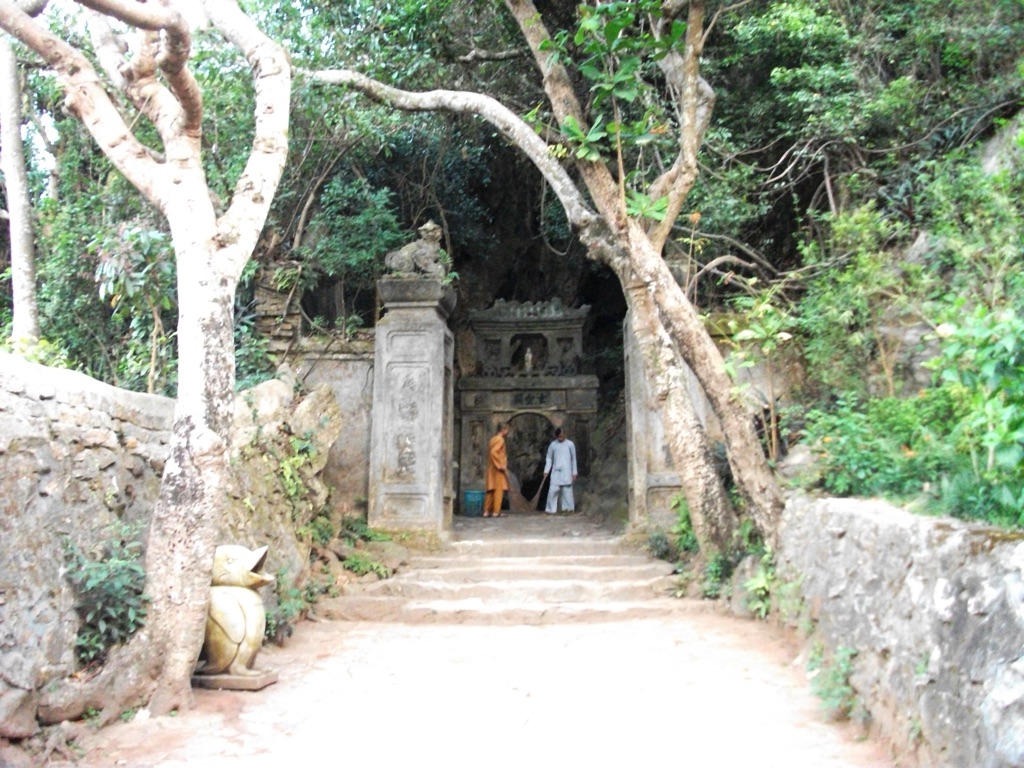
About Huyen Khong Cave
Huyen Khong Cave is a natural wonder, carved by water and time into the Marble Mountains. Its vast chambers and natural skylights create a play of light and shadow, enhancing its mystical ambiance. The cave’s limestone walls are adorned with Buddhist and Taoist iconography, reflecting its religious significance.
The methods of construction within the cave are a blend of natural preservation and human alteration. Artisans of the past carved altars and religious figures into the rock, using the cave’s features to enhance their work. The cave’s main chamber is particularly impressive, with a large opening at the top that allows sunlight to flood in.
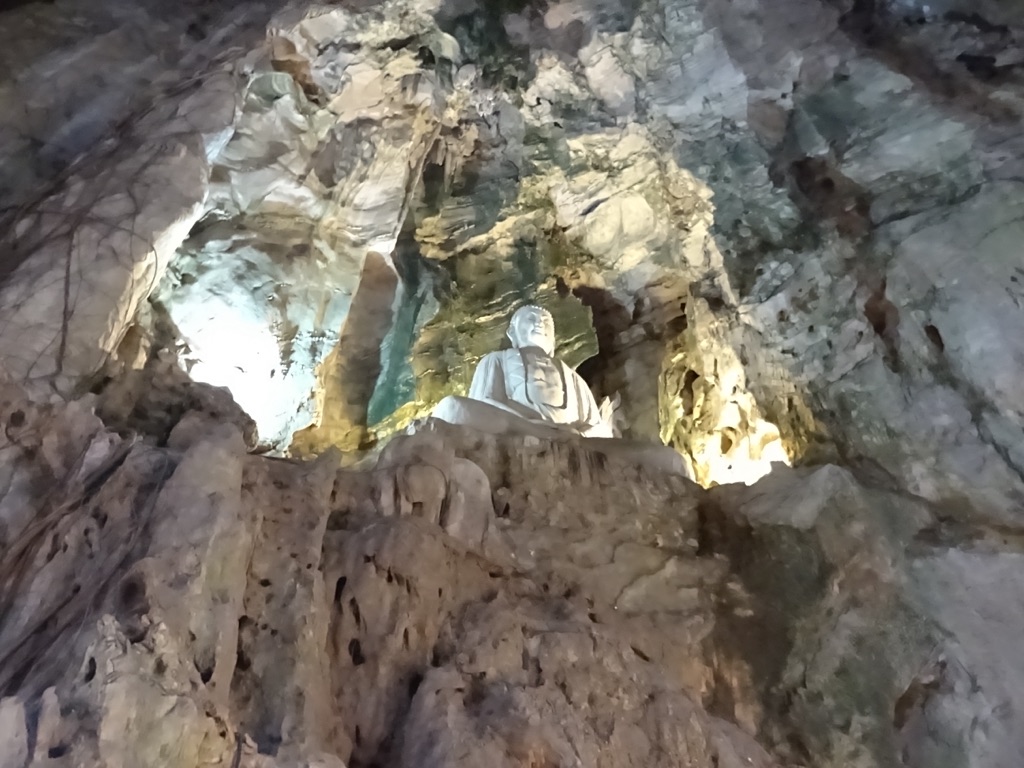
Architectural highlights include the intricate carvings and statues that depict various deities and religious figures. The cave also features inscriptions and poems left by visitors over the centuries, etched into the rock as a testament to their faith and the cave’s inspiration.
The materials used in the cave’s religious structures are primarily local stone, chosen for its durability and natural beauty. Over the years, the cave has been maintained and preserved, ensuring that its historical and spiritual legacy endures.
Visitors to Huyen Khong Cave can witness the harmonious balance between nature and human artistry. The cave’s natural acoustics also contribute to its serene atmosphere, often used to enhance prayer and meditation.
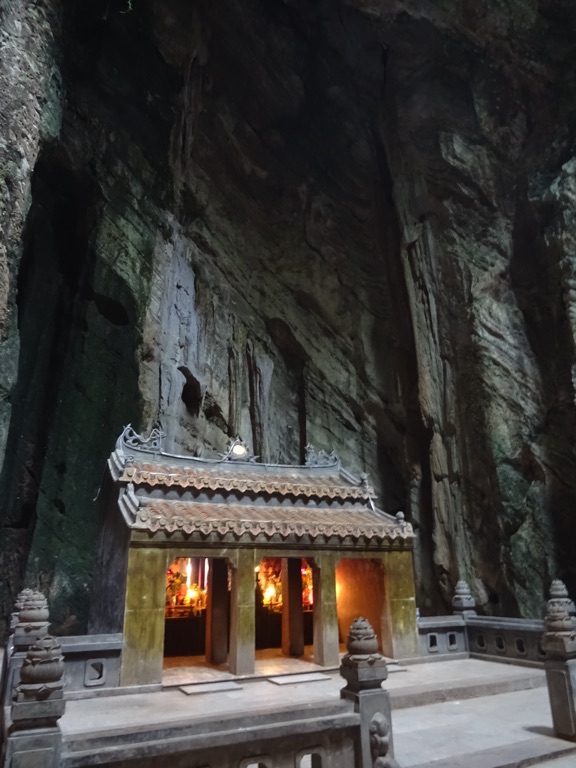
Theories and Interpretations
Theories about Huyen Khong Cave’s original use are rooted in its religious carvings and altars. Some believe it was a place of solitary meditation for monks, while others think it was a communal worship site. The cave’s natural acoustics suggest it may have been used for chanting and spiritual recitations.
Mysteries surround the cave, including the origins of some carvings and inscriptions. Historians and archaeologists have worked to match these features to known historical records, but some remain unattributed to any specific time or person.
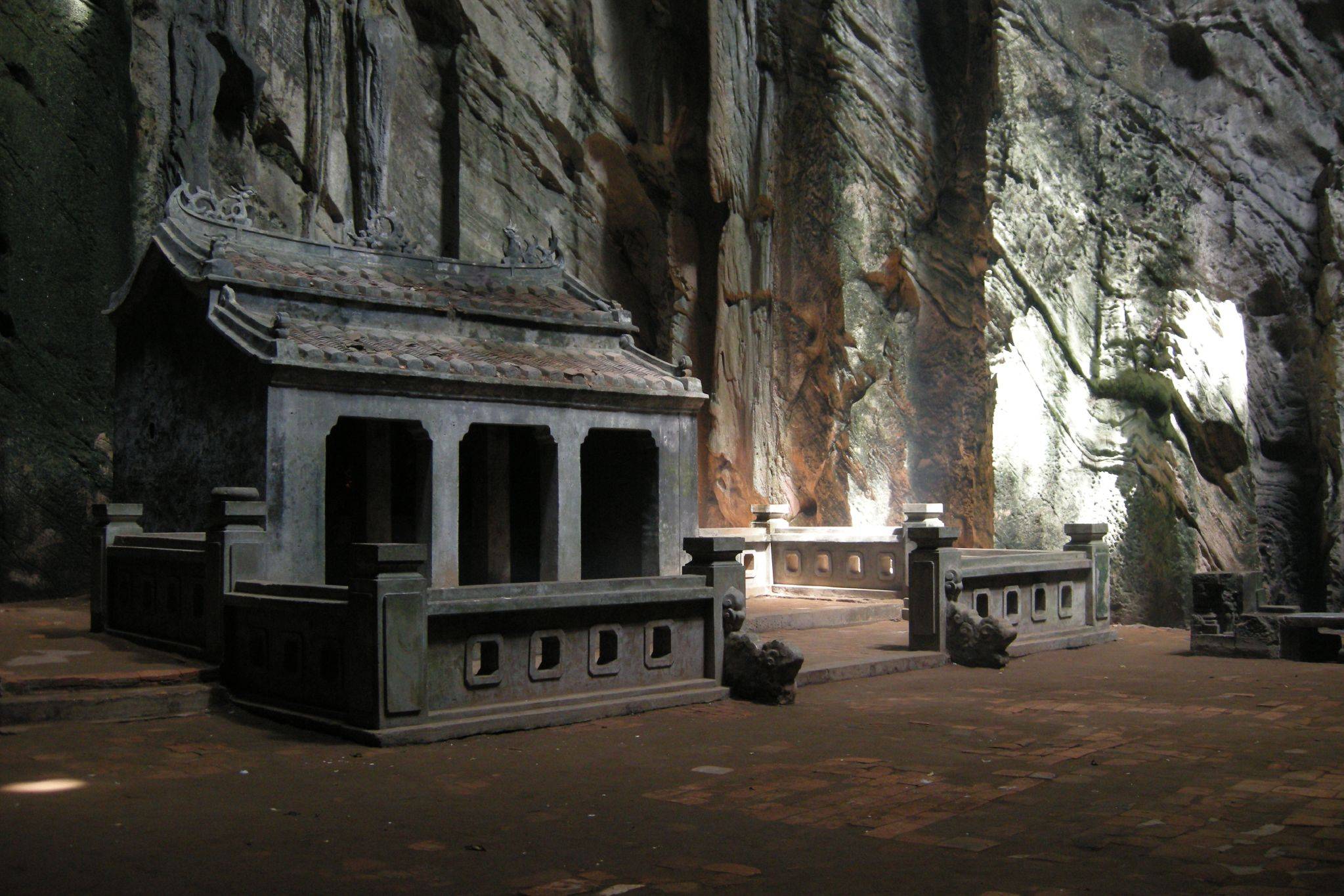
Dating the cave’s structures and artifacts has been challenging. Experts have used stylistic analysis and carbon dating to estimate the ages of various elements within the cave. These methods have provided a rough timeline of the cave’s historical use.
Interpretations of the cave’s significance vary. Some view it as a purely religious site, while others see it as a symbol of cultural resilience. The cave’s use during the Vietnam War adds another layer of historical interpretation, showcasing its role as a refuge.
Despite the cave’s studied history, much of its past remains shrouded in mystery. This enigmatic quality only adds to Huyen Khong Cave’s allure, inviting visitors to ponder its secrets and stories.
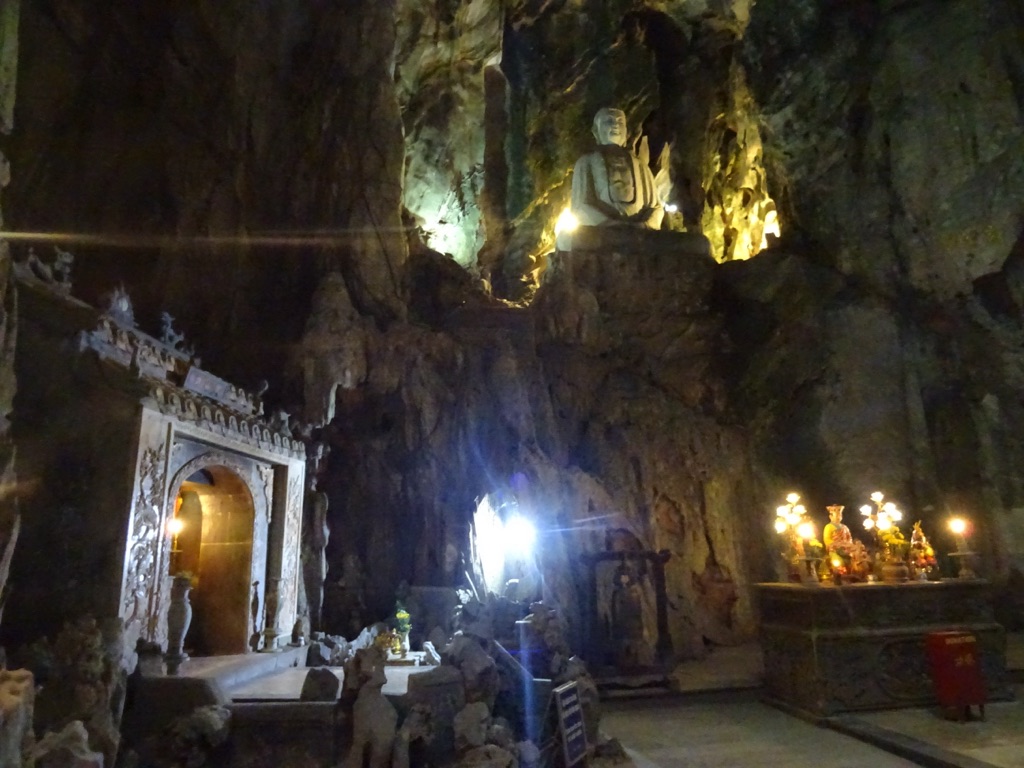
At a glance
Country: Vietnam
Civilization: Tran Dynasty
Age: At least since the 17th century AD

